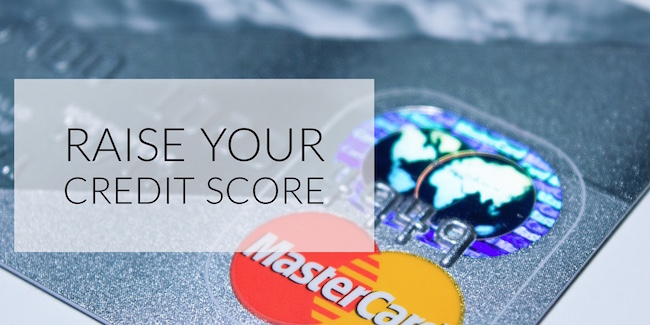About one-third of all Americans have a bad credit rating – a credit score 601 or under – a status that can close all types of doors in our lives. Without good credit, it may be difficult to obtain a mortgage, get a car loan, and in some cases, even limit employment opportunities as well. If your credit rating is not what it needs to be, there are several steps you can take to improve it. Here are four surefire ways to raise a low credit score, and get it where it needs to be.
Table of Contents
Toggle1. Pay Your Bills on Time
Believe it or not, your payment history, and whether or not you pay bills on time or are delinquent, constitutes 35 percent of your credit score. Failing to pay your bills when they come due can cause your credit score to drop fast. One of the best ways to ensure that you pay your bills on time, especially recurring payments, is to simply automate them with a bill paying service. Additionally, you could consider paying your credit card bills twice per month as well. This will help keep your credit card balances down more on average each month, which will help raise your credit card score as well.
2. Get Control of Your Credit Card Balances
Besides paying your bills on time, getting your credit card balance under control is another area you need to address as well. Work to get your overall credit utilization ratio to 30 percent or under – 10 percent and below will allow you to achieve the maximum rating on your overall credit score. Also, take stock of the various types of credit accounts you may have; if you have credit at various department and hardware stores that you do not use that much and which have low balances, consider paying all of those off. That can help your store, and it will eliminate an item for you to worry about each month when paying your bills.
3. Use Your Credit Cards – Don’t Cancel Them
If you are trying to improve your credit score, especially when trying to do things such as apply for a home loan, make sure that you do not cancel any of your credit cards, or credit accounts. Doing so will cause your overall available credit to decrease, which will likely hurt your overall credit score. Also, consider using credit cards and accounts that you have as well, to keep them active. Use a credit card with a low balance to pay for groceries several times per month, or make a purchase at a hardware store with your credit account there. Only do these things, of course, f you can pay the balance in full on the purchases as soon as possible.
4. Fix Mistakes on Your Credit Report
Don’t let mistakes on your credit report drag down your credit score. More often than not, items on your credit score will remain on there longer than they should, and outright errors can occur as well. A recent survey indicated that at least one in five consumers noted mistakes on their credit reports. You can monitor your credit rating, basically for free, by utilizing AnnualCreditReport.com. Keep track of your credit rating, and if you see blatant errors in any of your reports, take appropriate action to address them.
Don’t let a low credit score drag you down with it. Pay your bills on time, and twice a month on credit accounts, to maximize this portion of your credit score. Work to get your credit utilization rate below 30 percent, and strive for that golden ten percent that can optimize your credit score. Make regular use of credit cards and accounts with low balances, ensuring you pay off the balance each month. Finally, regularly monitor your credit rating, and take appropriate action on it when you see inaccuracies and errors. Taking these four steps can put your credit rating on the rise right away.















